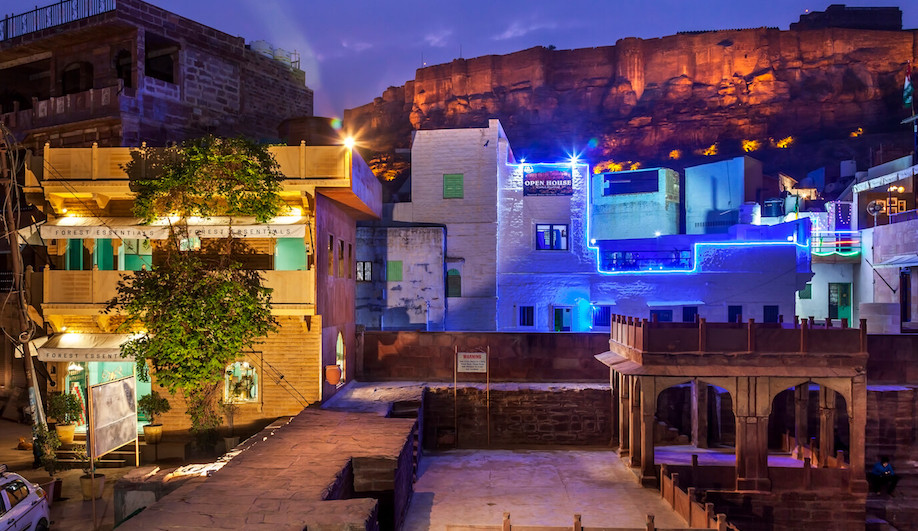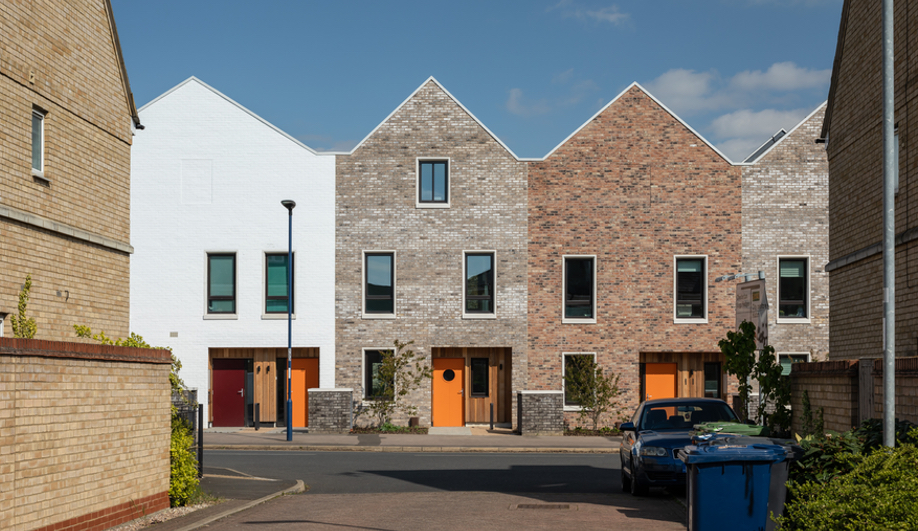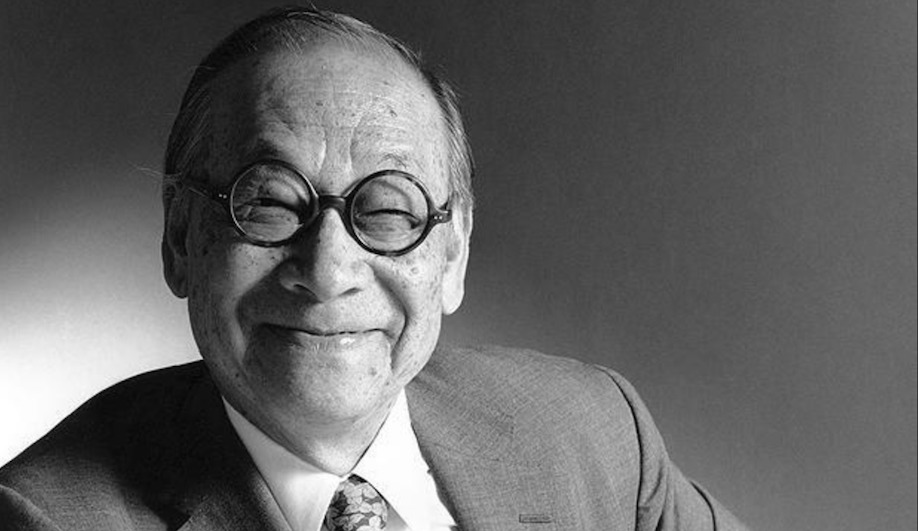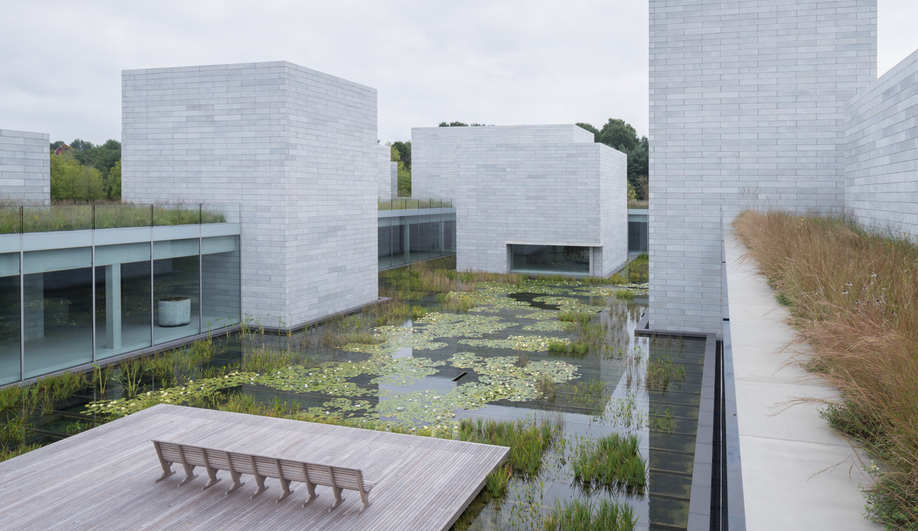
This week, the Government of Ontario outlined its plan to develop culture in the province – but architecture and design are conspicuously absent. The Ontario Association of Architects has responded with a petition – and we’ve got some thoughts of our own.
It’s hard to find fault with the goals the Government of Ontario has laid out in the plan, which has been in the works since last September, and includes uniting communities, fueling the creative economy and promoting greater inclusion. Public town halls, conversations with interest groups and meetings with representatives of Canada’s Indigenous communities all played a role in shaping the core elements, and the objectives at the foundation of the plan are as ambitious as they are inclusive: promoting creativity and innovation, quality of life and economic development, respect for Indigenous cultures and public accountability, to name just a few.
But design and architecture are nowhere included. In the OAA’s petition, they describe their involvement in the development process, highlighting the fact that “the Ontario Association of Architects, local architectural societies, schools of architecture, the design community and the general public provided written submissions, tweeted, e-mailed, attended and even presented at town halls,” to emphasize the importance of architecture and design to any culture.
Because of this, and the failure to mention A+D despite the strategy’s comprehensive stated goals, the OAA’s letter expresses “disappointment that the first draft of Ontario’s Culture Strategy still fails to integrate design in any meaningful way, nor does it even mention the word architecture.”
To rectify this, the petition requests that architecture and design be given their due place alongside music, the arts, film and television, sports, and even videogames (each of which is explicitly named as important contributors to the creative economy), and that architectural and design institutions be recognized in addition to libraries and museums as crucial to the development of culture in Ontario.
“To meet the principles stated in the draft Culture Strategy,” the OAA’s letter continues, “namely diversity, inclusion, quality of life, and economic development, the government must improve its support of architecture and design, recognizing their cultural value and prominently including them in Ontario’s Culture Strategy.”
The petition is halfway to reaching its goal for signatures, three days before the May 13 deadline. To read the OAA’s full letter, visit the petition page on Change.org.
Unsure where you stand? Here are five important ways design and architecture contribute to Ontario’s culture.

1 A Global Profile
From 1976 until 2010, the CN Tower stood as the tallest tower – and the tallest freestanding structure – on earth, an icon that became inextricable from the city itself; when you think of Toronto, you think of the CN Tower. In the years during and since the tower’s reign, many other icons have joined it, in Toronto and across the province. As ambassadors of the province, both to tourists and to those who will never visit, these architectural monuments are without peer.
Architecture also gives our cities their own sense of place, as distinct from other major metro cities – and in doing so, they help to drive quality of life and tourism. Even on a local scale, variation in architecture helps to distinguish one neighbourhood from another, and gives communities their individual character.
2 Exportability
Though buildings loom large, design-build culture flourishes from the ground up. Ontario is home to talents that have shaped objects and spaces that are enjoyed worldwide. To name just a few examples: Toronto interior designers Cecconi Simone have created beautiful spaces across North America and in Italy, the Middle East, and China; fellow Torontonians Yabu Pushelberg have made dozens of interiors in the US, Mexico, China – even the Maldives – to welcome world travelers. Ontario is also home to product developer Umbra, whose objects can be found in literally millions of homes, thanks to 25,000 retailers in 75 countries around the world.
3 Design Is a Key Industrial Sector
For proof of design’s importance to the economy, look no further than the official website of the province’s capital: “Toronto is one of the world’s leading centres of design,” it begins. “Toronto innovators help build global brands, make companies more competitive, plan sustainable communities, enhance quality of life and provide the imaginative fuel for future growth.” More and more, design is being touted as the best way to gain competitive advantage in business.
Nearly 30,000 designers call Toronto home, and the community here is also growing fast: from 1991 to 2006, the proportion of designers that make up Toronto’s workforce more than doubled. And when the Toronto Design Offsite Festival launched in 2011, it included only 7 exhibitions and events. In the fifth edition, held in January 2016, that number had mushroomed to more than 80.
4 Quality of Life
The buildings we live in and the urban fabric that surrounds us – our neighbourhoods, skylines, and parks – along with the objects we use on a daily basis, inform our experience of the world. Beautiful architecture and infrastructure inspires, enlightens and delights as much as great art. And thoughtful design, which combines beauty and functionality, respect for the end-user, can make a huge impact in people’s everyday lives.
Design and design thinking have tremendous potential to change the life of cities and our everyday lives for the better, and therefore deserve to be recognized as part of culture. Virtually everything we see and touch is a product of design, and recognizing design as a cultural asset will nurture a universal understanding of how good design can make the world a better place for all.
5 We Ignore Design At Our Peril
Hundreds of condos and other major public buildings are in the midst of going up in Toronto and across the province. As an industry, architecture employs thousands – from the architects and designers who are the structural visionaries of our cities, boroughs, suburbs and towns, to the construction workers and artisans who bring that vision into reality. If we fail to make beauty and aesthetics an integral part of our urban design, the result will be ugly and dysfunctional places to live.
It’s not just a question of appearances, either. Our psychological well-being can depend to a large degree on the built environment around us – in fact, soulless architecture has been correlated to depression. And, even in the most concrete ways, design can offer us ways to confront the social challenges that plague our culture, from crime to climate change.




